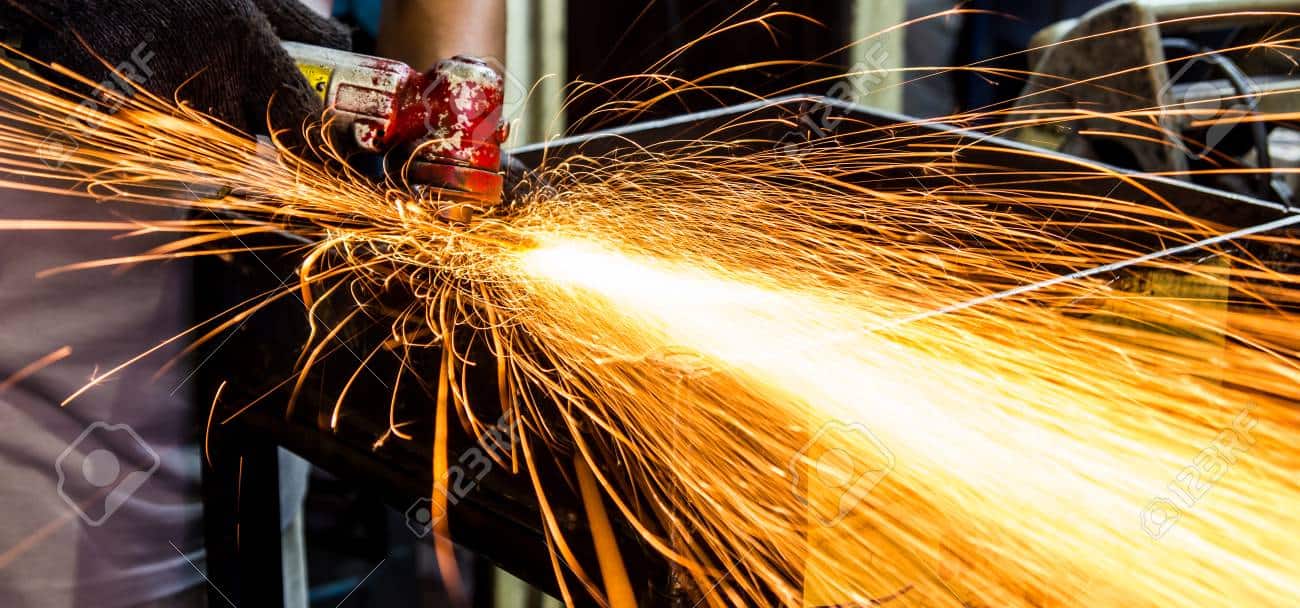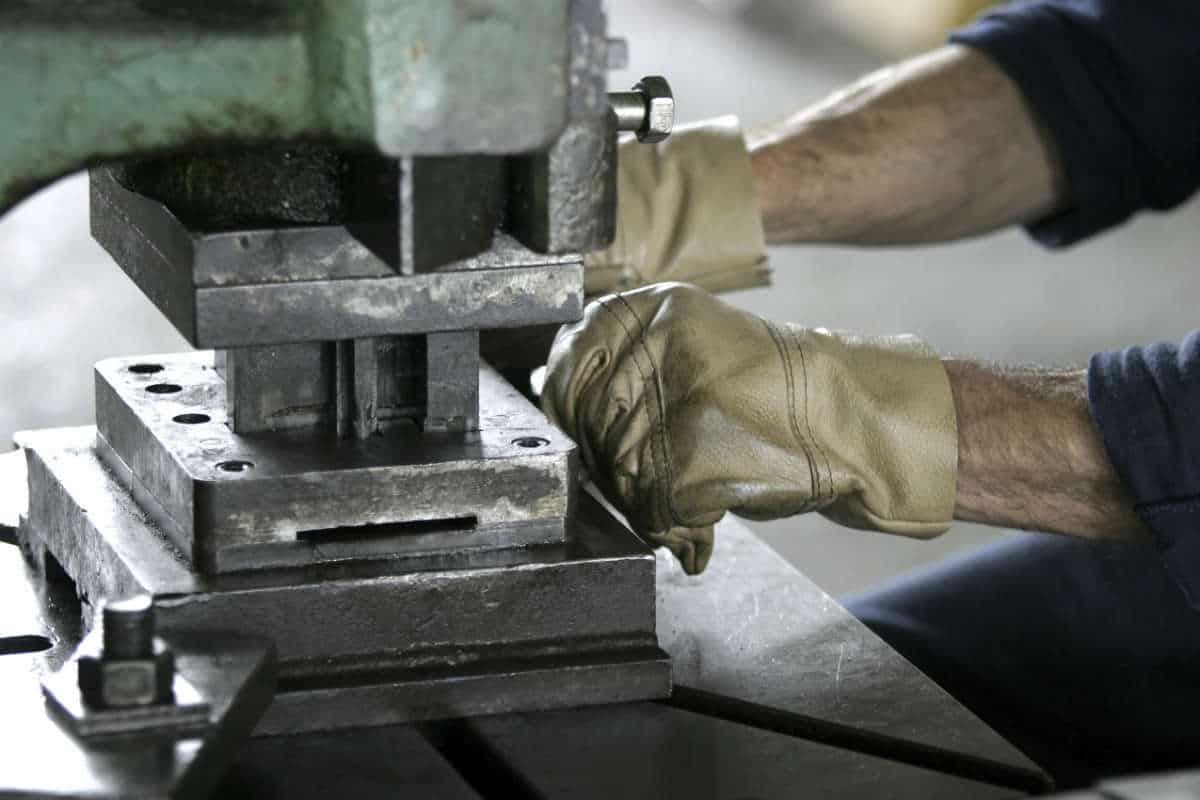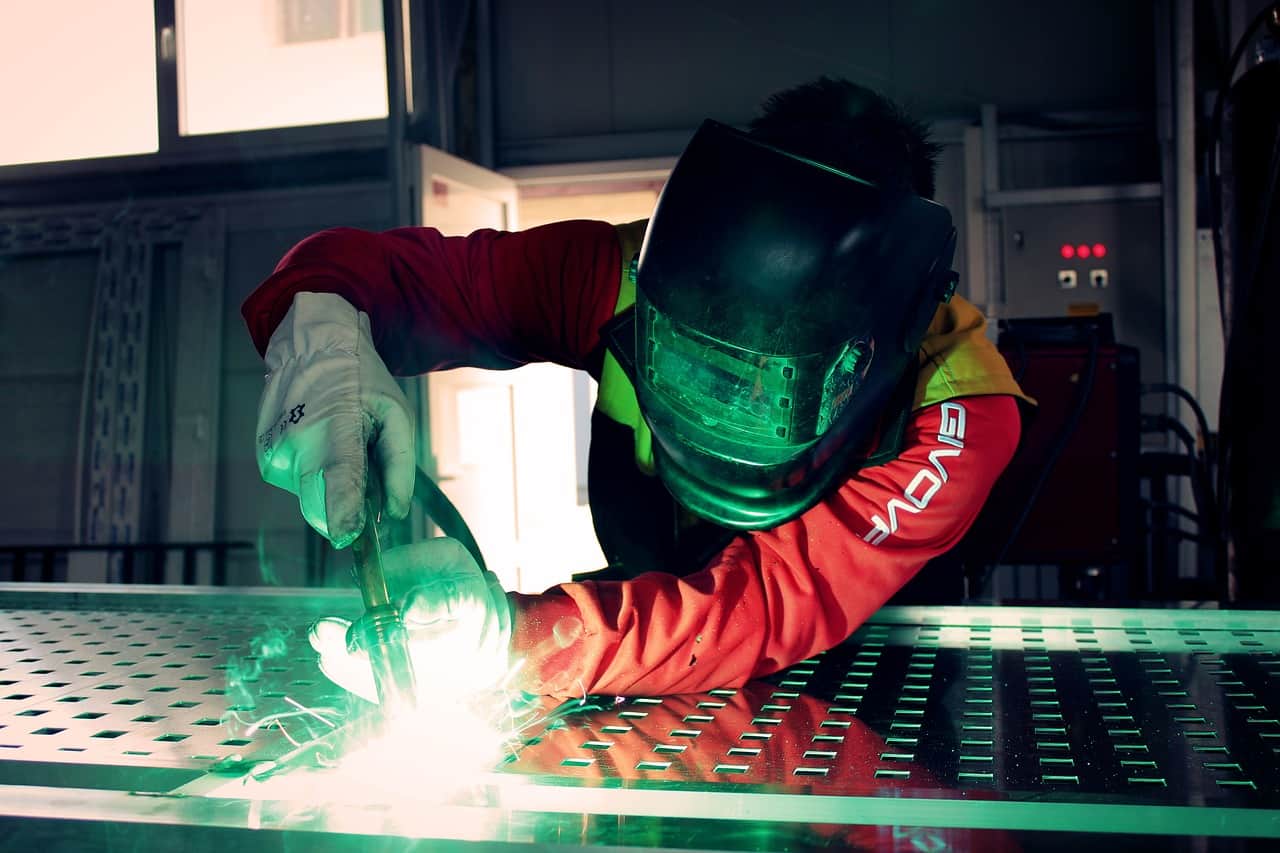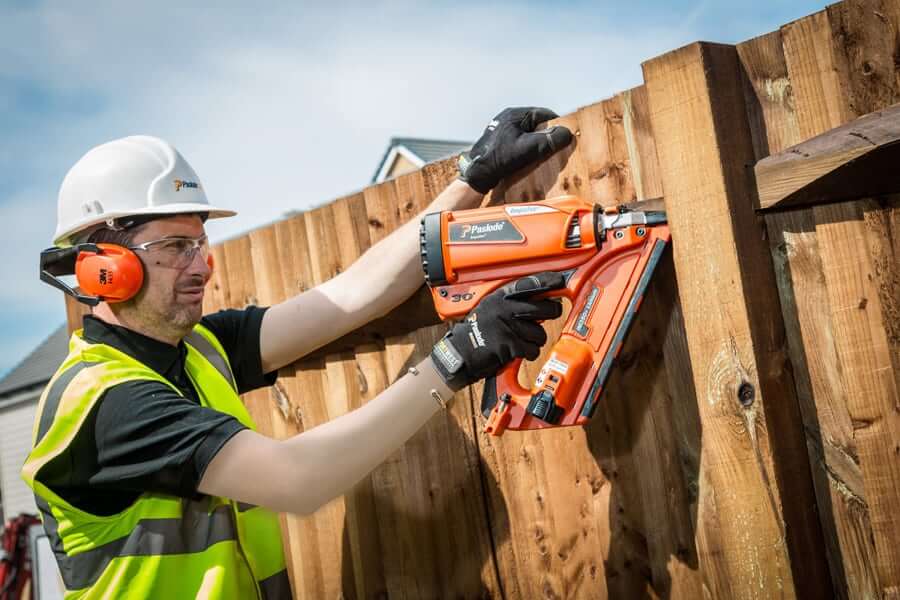Last year in America roughly three million employees suffered a workplace injury from which they never recover, at a cost to business of close to $60 billion. These statistics are staggering. To help gain a better perspective on the realities of workplace danger, consider the most common risk assessment techniques used in the industry.
A pre-assessment meeting usually takes take place with the key contact/decision makers of your company, affected supervisors, and maintenance personnel. The purpose of the meeting will be to discuss the risk assessment process, set the scope of the risk assessment project, and discuss the “acceptable or tolerable” risk perceptions. Arrangements will be necessary for an electrician to be available to open control enclosures during the assessments. The presence of an experienced machine operator will also be required during the assessment as only an operational machine can be properly assessed.
The possibility of avoiding a hazard can be tied to the machinery or process design. If the operator must hand feed product closely into a hazard, the potential of avoiding injury is less than it would be if the product moved into the hazard from a remotely loaded conveyor or material handling system or if the machine or process design allowed the operator, set-up personnel, maintenance personnel, engineer, or any passers-by to walk along side of an unguarded hazard in order to get from one point to the other.
After the machine risk assessment is completed, a meeting will be scheduled to discuss the findings, explain the preliminary risk rankings, discuss possible ways of reducing the risk rankings, and discuss the time frame for completion of the detailed assessments and summary file.
Working with heavy equipment in itself often entails a high risk of injury. However, when companies do not provide the proper maintenance of equipment and training of the operators, they may be liable for injuries incurred on a worksite. It is the duty of the contractors to ensure not only that the workers are safe but that there is an adequate amount of warnings related to potentially hazardous zones. For example, a supervisor’s failure to enforce safety measures may make him liable for injuries that occur due to his failure.
It is important to promptly report and investigate a construction accident case. An attorney will help arrange for investigative work, including access to the property and photographs of the property. In many cases there are deadlines to which a notice must be given to the accused party. Therefore, it is highly recommended that one follow up on a accident case as soon as possible.
In court, the accused party will have attorneys that will try to refute and devalue your case. Having an attorney who is experienced in handling personal injury cases involving heavy machinery and equipment on your side will help fight and counter the testimony given by the accused. You have the right for proper compensation for the injuries attained by other people’s negligence!
At HURT-511, our personal injury lawyers help injured workers recover the benefits to which they are entitled by law. For a free consultation with an experienced workers’ compensation lawyer, call us toll-free at 800-4878-511 or complete our online form. Our firm handles accident and injury claims throughout all five boroughs of New York.
HURT-511 operates in all boroughs of New York including all Bronx neighborhoods, namely: Bedford Park, Belmont, Fordham, Highbridge, Hunts Point, Jerome Park, Kingsbridge, Morris Park, Morrisania, Mott Haven, Parkchester, Riverdale, Spuyten Duyvil, Throgs Neck, University Heights








 Trusted Reviews
Trusted Reviews



